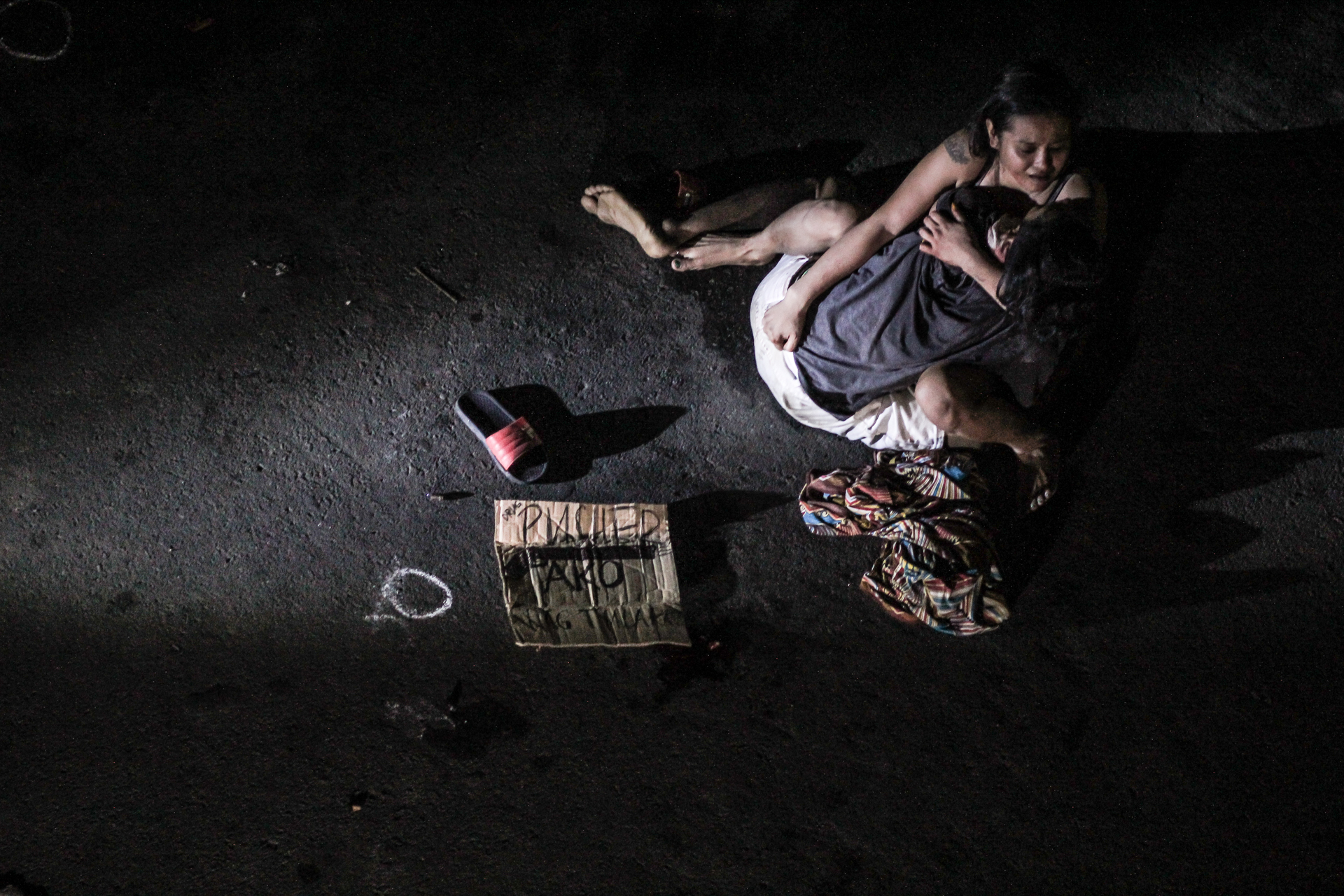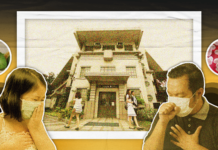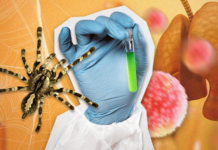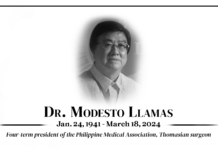HOW SHOULD the country solve its drug problem and save those who are afflicted?
On Jan. 7, members of the Psychological Association of the Philippines (PAP) spoke out against criminalizing drug users under President Duterte’s campaign against illegal drugs, his “Tokhang” war waged against users and pushers, the innocent women and children, but not the big guns.
The country’s psychologists called for a “scientific and humane approach” to addiction and urged the government to treat the Philippines’s drug problem as a health issue.
“[We] oppose the current approach of criminalizing drug use, with its attendant programs that vilify drug users, violate human rights and disregard legal and due process,” the group said in a statement.
“Criminalizing drug users has been shown in other countries to be ineffective in solving the drug addiction problem.”
Among those leading the association are UST faculty members Marc Eric Reyes and John Manuel Kliatcho, who are serving as vice president and executive secretary, respectively.
In 2017, then Justice secretary Vitaliano Aguirre II remarked that “drug lords [and] pushers are not part of humanity,” commenting on a report by Amnesty International that said the death toll in Duterte’s drug war can qualify as crimes against humanity.
“In other words, how can that be when your war is only against those drug lords, drug addicts, drug pushers. You consider them humanity? I do not,” he said.
The government’s treatment of drug addicts–as humans beyond redemption –”runs counter to the prevailing scientific view of addiction” that is stated in the landmark legislation of the Philippine Mental Health Law.
Republic Act 11036 defines drug rehabilitation as the “process of medical or psychotherapeutic treatment for dependency on psychoactive substances such as alcohol, prescription drugs and other dangerous drugs.” Its aim, the law states, is “to enable the patient to confront his or her addiction and cease subtance abuse to avoid the psychological, legal, financial, social and physical consequences.”
“The criminalization approach distorts ordinary citizens’ and law enforcers’ perceptions of addiction. By exposing people to frequent occurrences of “tokhang” and vigilante-style killings, it desensitizes them to violations of human rights and reinforces the view that the lives of innocent people are mere collateral damage,” PAP said.
Carlos Conde, a representative of the Human Rights Watch in the Philippines, said the PAP’s statement provides a different view of the drug war coming from those in the medical field.
“That [PAP statement] is extremely important because for the longest time, we haven’t really heard any counterpoint or any sort of different perspective of the drug war. It is important for the PAP to come up with that because they are so knowledgeable about these things,” he said in an interview with the Varsitarian.
Conde said government was missing opportunities to solve the roots of the country’s drug problem by not dealing with it as a health matter.
“Their (drug addicts) behavior and conduct pose a certain risk not just to themselves but to the public. If we don’t treat the problem from a public health perspective, then, we’re losing a lot of opportunities to really get to the bottom of the problem. Using crime [and] the police to deal with this is not only ineffective, but is also quite brutal,” he said.
From their observation as a human rights group, he said the government’s rehabilitation programs are “questionable” as it is detention-based more than community-based programs.
“It would be very difficult to convince the government to do a community-based approach [because it] doesn’t accept the fact that this is a public health issue more than anything else,” Conde added.
The official death toll on Duterte’s drug war has reached 5,000 according to official data from authorities in December last year.
Conde disputed this figure, citing reports that there have been incidents where police in drug operations would plant evidence on bodies of those killed, and that other groups are claiming that the death toll could be as high as 30,000.
“There are indications that this “nanlaban” thing is largely fictitious. We think that 5,000 is still conservative. If you take into account that there have been tens of thousands of killings, including those who have been killed by unidentified people [and] gunmen, that figure of nearly 30,000 is probably not a stretch, that’s probably closer to reality than 5,000 record [the] police is saying,” he said.
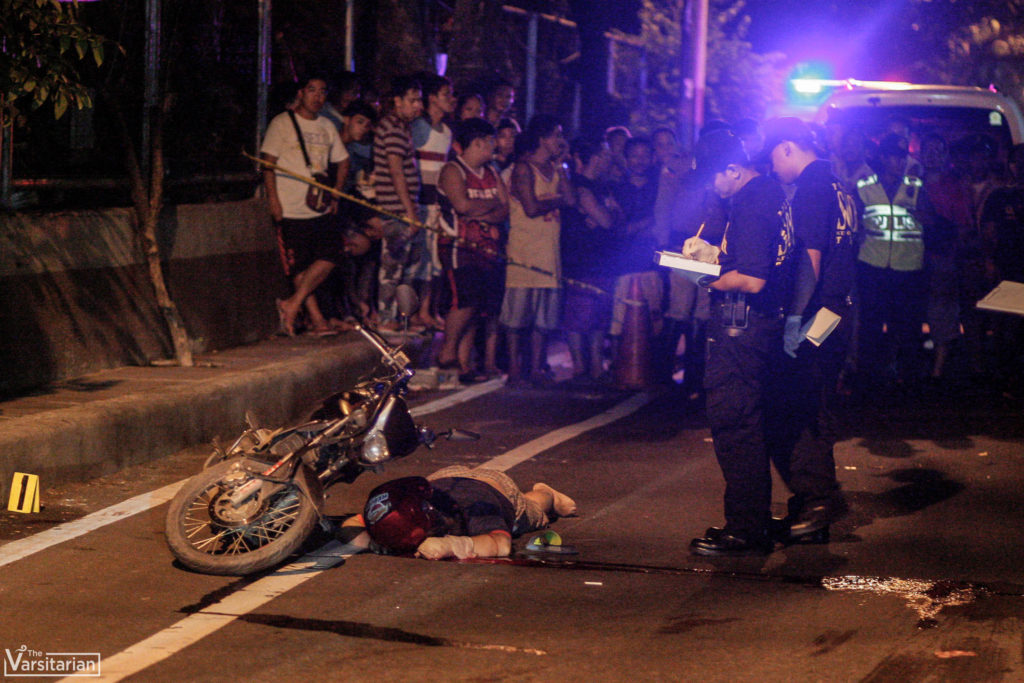
A report by the Philippine Center for Investigative Journalism (PCIJ) in September of last year showed that an estimated 27,000 drug surrenderees, who were below 18 years old, were recorded by the Philippine National Police (PNP) from the start of the Duterte presidency in July 2016 up to in April 2018.
Of the number, 2,279 were 15 years old and below while the rest were above and below 18 years of age, records from the PNP showed as obtained by the PCIJ.
Former PAP president Ma. Regina Hechanova said the association has developed evidence-based interventions.
One of this is the “Katatagan Kontro Droga sa Komunidad,” a community-based drug treatment program with Quezon City and San Juan as its pilot cities.
Their evaluations, she said, showed a decrease in symptoms of dependence in substance use and an increase in drug recovery and life skills, psychological well being as well as quality of family life.
Today, the program is being used by local government units of Caloocan, Malabon, Pasig, Naga, Cagayan de Oro, Manolo Fortich in Bukidnon and in Talacogon in Agusan del Sur.
She said, however, that the government may have launched a war that “it did not prepare for” when it asked drug addicts to surrender without any proper community-based treatments.
“Even the agencies that were supposed to be in charge of this were not prepared at the deluge of clients. Two and half years since they surrendered, less than a quarter of the surrenderees have been treated. From what we know not even half has been assessed. In the meantime, there are people who have been killed who never got the chance to receive treatment,” Hechanova said.
The Department of Health (DOH) recorded 44 drug treatment and rehabilitation centers in the country in 2016.
Malpractice?
Eduardo Caligner, a PAP board member who teaches at the UST Graduate School, said the government may be committing a medical malpractice by asking psychology graduates to perform the role of psychologists in rehabilitation centers despite not having the license yet to practice.
“Why does the government resort to malpractice? Because they can only hire as much number of licensed psychologists. [K]nowing they lack the required number of professionals there, sa simula pa lang, may problema na. Hindi siya magiging effective,” he said in an interview.
Conde said this may be an indication that the government is taking “a lot of shortcuts” in dealing with the country’s drug problem.
“Clearly, if that is the case, a lot of shortcuts are being taken by the government in dealing with the drug issue and one of them is just naming or appointing people who are not really that qualified to conduct this program,” he said.
Reaching out to ‘lost sheeps’
Before priesthood and in his teenage years, Fr. Roberto “Bobby” de la Cruz was into drugs. Today, the UST alumnus is the program minister of Sanlakbay, the recovery program of the Archdiocese of Manila for drug users.
Sanlakbay began in 2016 when Duterte rose to power. Under Caritas Manila, the Church’s efforts to rehabilitate drug users is composed of psychospiritual approach, values formation, counseling and livelihood program.
Since then, de la Cruz said they have had 1,000 drug surrenderees. 275 of those from 16 parishes have completed the rehabilitation program.
From a series of meetings with government agencies, he said the initial plan was to build a facility-based rehabilitation center but with the “influx” of drug surrenderees, the government opted for the creation of community-based programs where addicts will be treated in barangay centers.
The said program has its regular staff for sustainability which includes teams composed of volunteer doctors, catechists and even drug addicts who were rehabilitated.
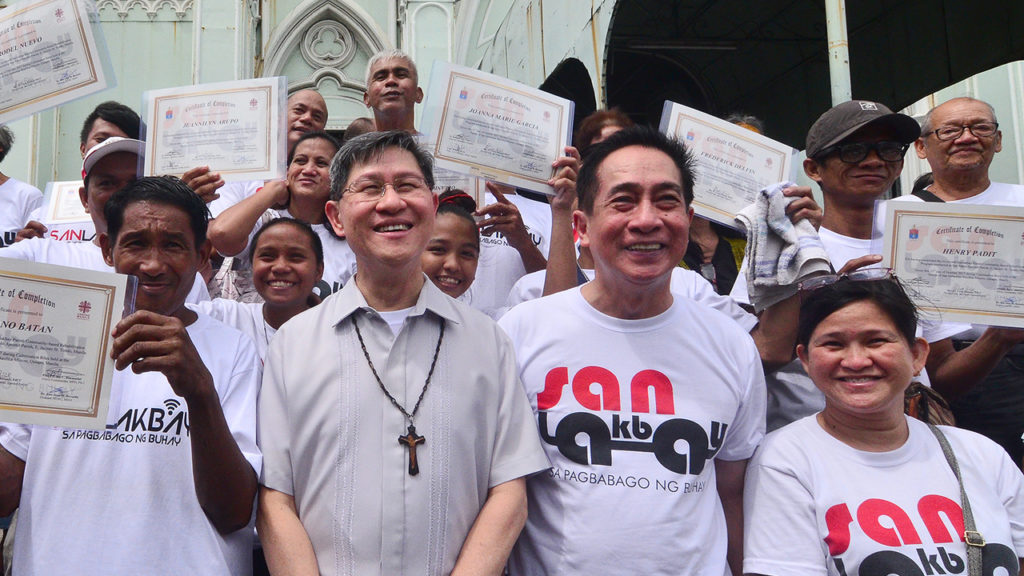
De la Cruz said UST doctors initially offered clinical and medical help but the said efforts cannot be “reconciled” at present as drug users are hesitant of seeking help as well.
He added that the DOH wanted to turn Sanlakbay into an official drug rehabilitation center but he opted for it to remain as a “support and recovery center.”
“Puwede na kaming support lang, as long as importante sa amin na nakakausap namin ‘yung mga drug addicts. May sariling identity tayo [as a] Church, hindi tayo non-government organization [o] social worker lang at para sa akin, importante ‘yun na may identity tayo. Support lang kami, kaya hindi naman ito tinatawag na rehabilitation center,” he said.
On cases of extrajudicial killings, de la Cruz said the killing of drug users and pushers may also come from their own and not only from police and vigilante groups.
“Ang may interest dito ay hindi lang naman ‘yung mga pulis [pati] ‘yung mga pushers din. Mayroon din silang making impluwensiya kung tutuusin. [D]efinitely, ang puwedeng maging sanhi ng kamatayan, hindi lang police, maraming dahilan para mamatay. Puwede ring lumaban, possible ‘yun. Lalo na kung ikaw ay pusher, alam mo na ganito ‘yung labanan, lalaban ka talaga,” he said.
But in all of this, de la Cruz said the President’s drug war opens an opportunity for the Church to reach out to drug addicts whom he referred to as “lost sheeps.”
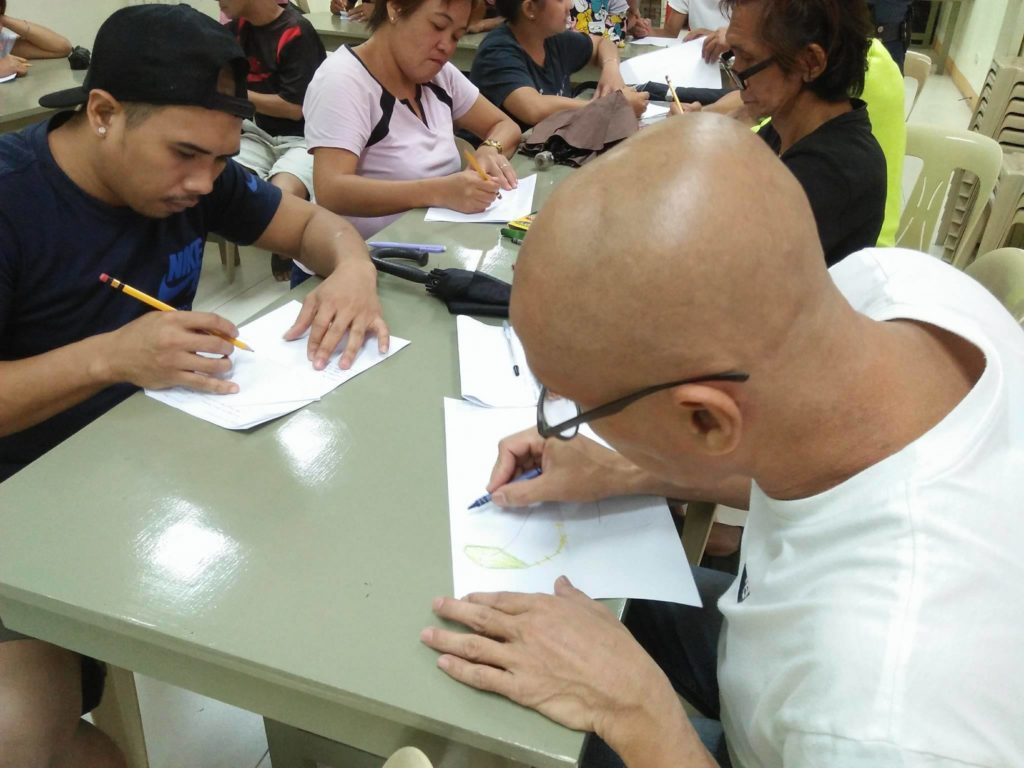
“Hindi sila lalapit sa Simbahan, that’s against their nature. This time, dahil sa gano’n, nagkakaroon ng opportunity ang Simbahan to evangelize them,” he said. “And yet ang problema sa Simbahan, ayaw niya pang kumilos. Tama ba ako? Hindi lahat, mayroong mga reservations, siyempre mas madaling mag-ingay kaysa gumawa. We have the resources but we lack faith.”
Human rights advocate Conde warned that this may soon affect other classes in society and not only the poor should the killings and the treatment of drug addicts as criminals continue.
“If this government is allowed to continue to do this, this will affect the students of University of Santo Tomas so it’s just a matter of time. We’re not hoping that it will happen but things like these, they have a way of creeping up to you and then you’re in [and] you’re done,” he said. Klimier Nicole B. Adriano, Christian de Lano M. Deiparine and Roland Adrian D.C. Ignacio, with reports from Beatriz Avegayle S. Timbang


